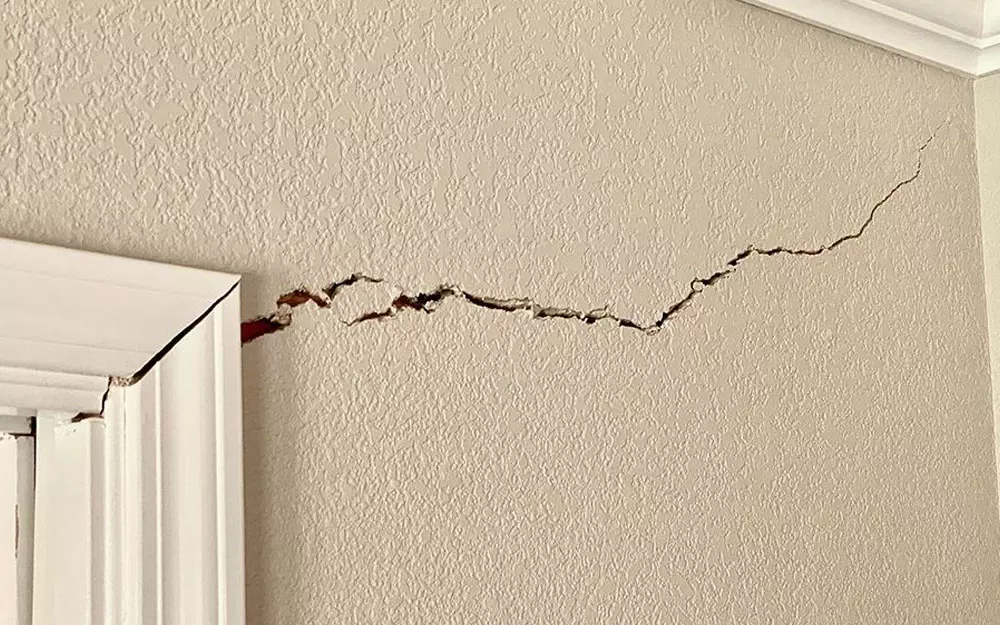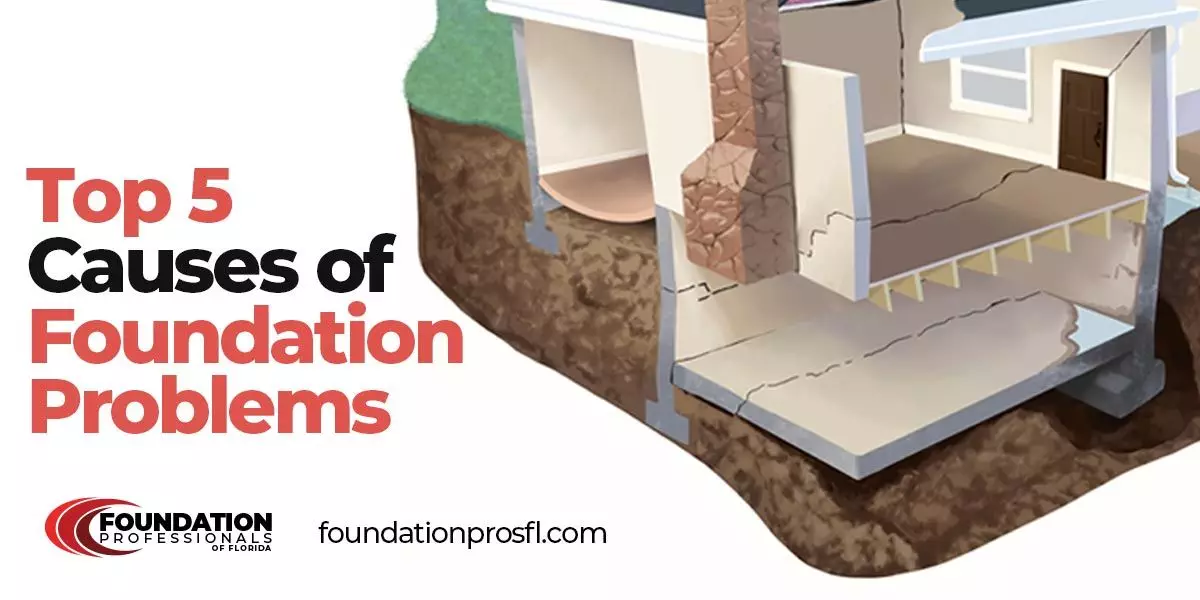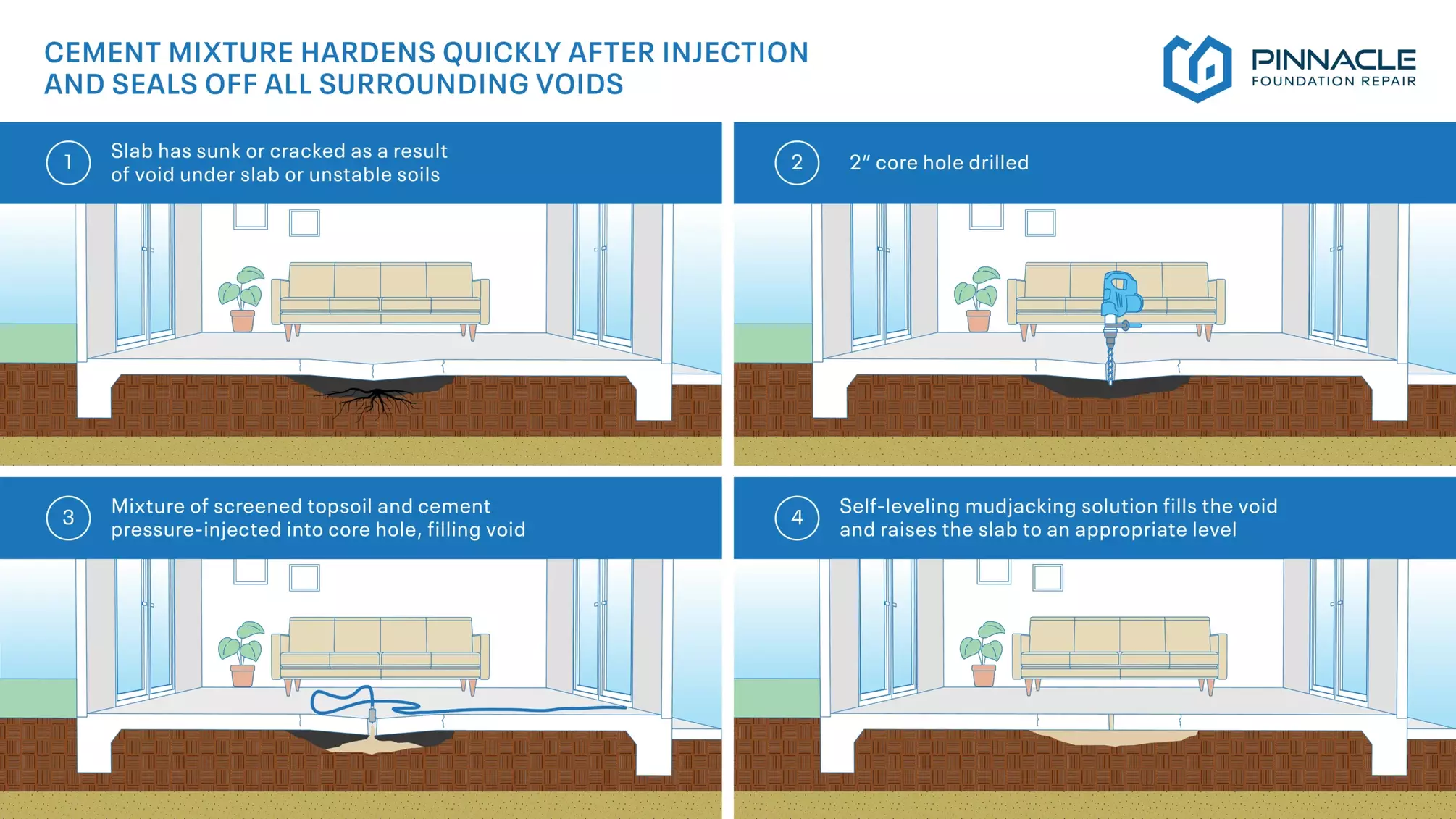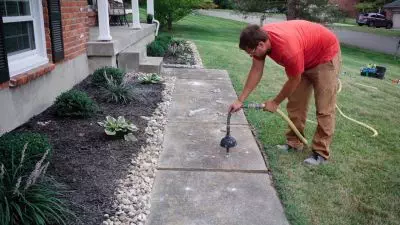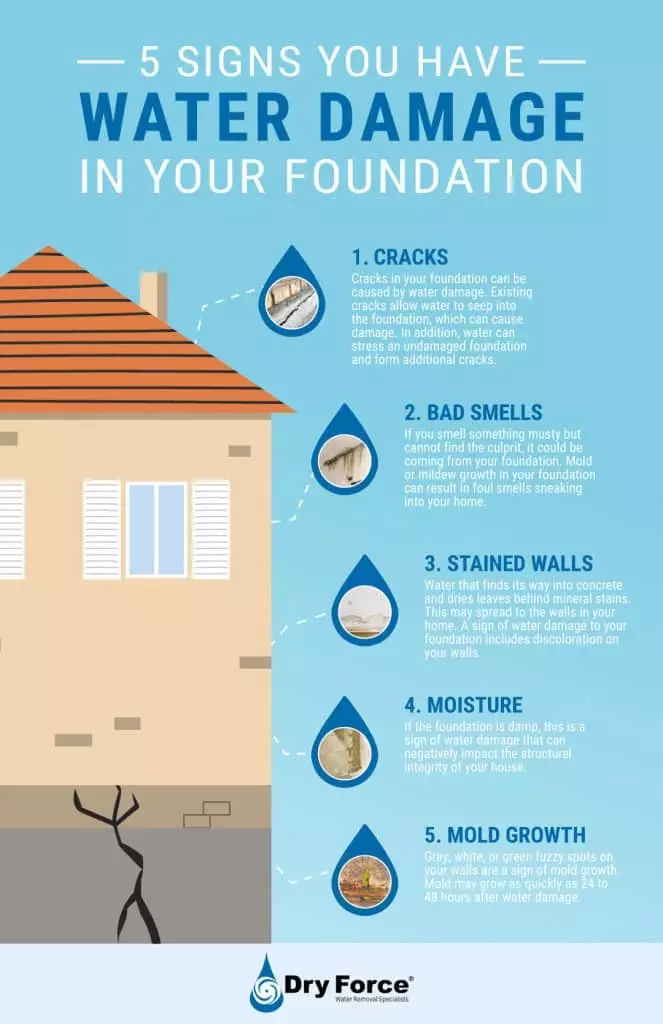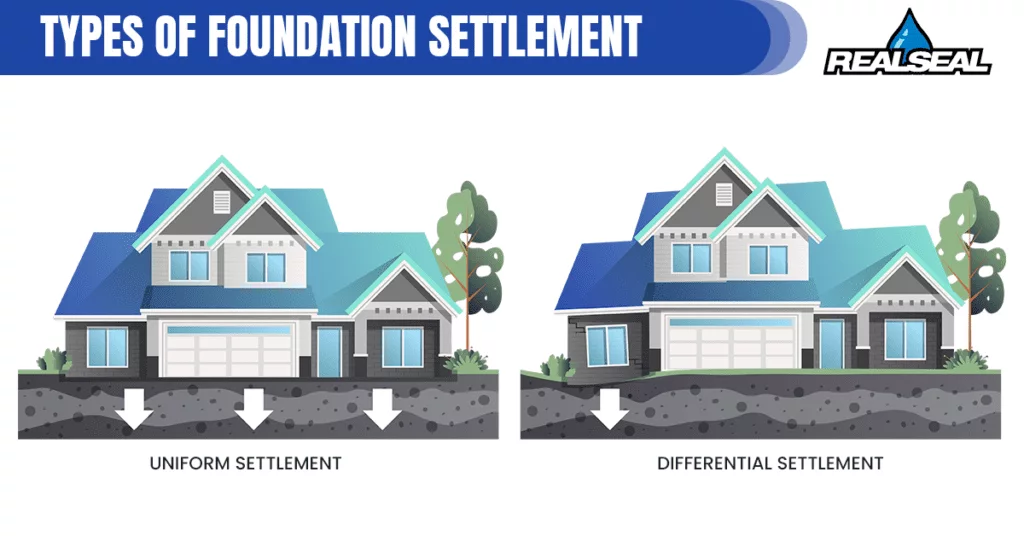
Do You Make These Understanding Foundation Settlement Mistakes?
Foundation settlement can sneak up on you and cause serious trouble if you’re not paying attention. Understanding foundation settlement is crucial for maintaining the stability and health of your home. You might think cracks or sinking floors are just minor issues, but they could be signs that your foundation needs immediate attention. Don’t let these problems grow into costly repairs.
Many homeowners assume that all foundation settlements are the same, but there are different types, each with unique causes and solutions. From poor soil compaction to moisture levels, these factors can affect your home in unexpected ways. Recognizing the early warning signs can help prevent further structural damage and save you money in the long run.
You deserve a safe and stable home. Dive deeper into the vital details and learn how to protect your investment today!
Within the post
Understanding Foundation Settlement
When you think about your home, you might not often consider the ground it’s built on. Yet, understanding foundation settlement is crucial for keeping everything steady and safe. Foundation settlement happens when the ground beneath your home begins to move or sink. This can lead to all sorts of issues.
Signs You Shouldn’t Ignore
Imagine looking at your walls and noticing cracks. Do these cracks worry you? They should, because cracks in walls are a clear sign of settlement. Also, if your doors and windows start sticking or not closing properly, it might be due to the ground shifting. These signs could indicate that your foundation is settling unevenly.
Foundation Settlement Causes
There are several foundation settlement causes you need to know about. Poor soil conditions are one major factor. If the soil under your home is loose or weak, it won’t support your home properly. Water damage is another big issue. When water seeps into the soil, it can lead to shifts and sinking.
Types of Foundation Settlement
Not all settlements are the same. You need to understand the types of foundation settlement to address them properly.
Uniform vs. Differential
Uniform settlement is when the foundation sinks evenly. This might not cause immediate problems. However, differential settlement is more concerning. This happens when one part of your home sinks more than the other, leading to uneven settlement problems and potential structural issues.
Long-Term vs. Short-Term
Long-term settlement occurs over many years. This might be a slow process that you barely notice until the damage becomes significant. In contrast, short-term settlement happens quickly, often due to sudden changes in soil conditions. Both types need attention to prevent further structural damage.
Foundation Settlement vs. Subsidence
It’s easy to confuse foundation settlement with subsidence. However, they are different, and understanding these differences is key.
Subsidence Explained
Subsidence happens when the ground collapses or sinks significantly. It usually occurs below your home’s foundations, causing more immediate and drastic problems. This is often due to underground voids or the removal of soil.
Comparing with Settlement
Settlement involves the soil under your home compressing because of the building’s weight. It’s a more common issue. While the immediate effects might be less dramatic than subsidence, it’s still a problem that needs addressing. Often, settlement can be caused by poor soil compaction.
Foundation Settlement Repair
When you notice foundation issues, it’s crucial to address them swiftly. This can prevent further damage and costly repairs.
Common Repair Methods
There are several methods used in Foundation Settlement Repair. Underpinning is one effective way, where support is added to strengthen your foundation. Another method is slab jacking, which helps level surfaces that have sunk. These methods can help correct the problems caused by foundation settlement damage.
Foundation Settlement Cost
You might wonder about the foundation settlement cost. Costs depend greatly on the extent of the damage and the method chosen for repair. It can be expensive, but it’s necessary to maintain your home’s stability. Consider it an investment in your home’s long-term health.
Foundation Settlement Solutions
Finding the right solution can offer you peace of mind. Experts recommend various fixes tailored to your specific needs. Choosing the right solution involves considering expert recommendations and the nature of your foundation’s problem.
Foundation Settlement Inspection
Regular foundation settlement inspection is vital. This helps detect issues before they become serious problems.
Why Inspections Matter
Inspections allow you to detect issues early on. This early detection can prevent further damage that would be expensive to repair. Therefore, scheduling regular inspections is a key step in maintaining your home’s structural integrity.
Conducting Inspections
Inspections should be conducted by a qualified professional. They can check for visible signs of settlement such as cracks or uneven surfaces. Make it a habit to schedule inspections regularly to ensure your foundation’s health remains optimal.
Foundation Settlement Prevention
Prevention is always better than cure. By taking steps to prevent settlement, you can protect your home from potential future settlement issues.
Effective Prevention Tips
Ensure proper drainage around your foundation to prevent water damage. Keeping the soil stable can help prevent shifting. Also, manage water sources carefully to avoid excess moisture affecting your foundation.
Maintenance Practices
Regularly inspect your property for minor issues that can lead to bigger problems. Address these issues early to prevent costly repairs later. Routine maintenance can significantly reduce the risk of settlement.
Landscaping Considerations
Your landscaping choices can impact your foundation. Plant trees away from your foundation to prevent root damage. Manage your garden’s water sources carefully to avoid water collecting near your foundation.
Foundation Settlement Damage
If damage has occurred, identifying it early is crucial to minimizing repair costs.
Identifying Damage
Look for visible signs of structural issues, like cracks in walls and sinking floors. If you’re concerned, call experts to assess the situation. They can provide a professional evaluation of your foundation’s condition.
Repairing Damage
When damage is found, professional repairs are crucial. Address issues promptly to avoid escalating costs. Proactive measures can save you from significant expenses down the line.
Wrapping Up Your Knowledge Journey
Your understanding of foundation issues can save you from future headaches. By recognizing early signs and understanding the causes, you can protect your home from costly repairs. You now know how proper soil management and drainage can prevent structural problems. This knowledge empowers you to keep your home’s foundation strong and stable.
The next step is to take action. Consider scheduling a professional inspection to assess any potential issues. Look for visible warning signs like cracks or uneven floors in your home. Address these promptly to prevent further damage. Implement preventive measures such as ensuring proper drainage around your foundation to maintain its integrity.
Start today with a simple inspection of your home’s foundation. Catching issues early can save you time and money. Let’s keep your home safe and secure. Protect your investment and ensure peace of mind for you and your family.
